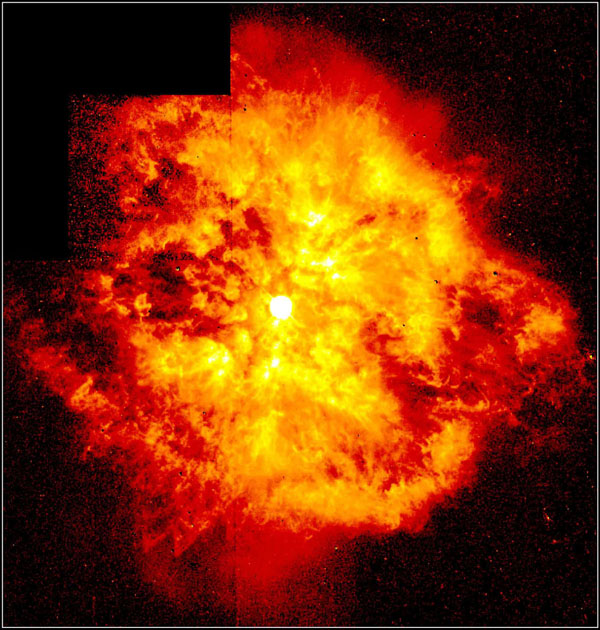Main sequence star having mass greater than 25 times the mass of the sun becomes supernova type II, leaving behind a core that is more massive than the neutron star that is three times the mass of the sun or more. The gravity of this is high enough to overcome neutron degenerate pressure. The pressure exerted by degenerate neutron is not sufficient to resist the pressure exerted by gravity. The the mass continuously collapses to a black hole.
The law that can be applicable inside the black hole is still unknown. However, it is known that the escape velocity of these extremely dense object must be very high, possibly higher than the speed of light. Thus, one can replace escape velocity by speed of light in the equation
This distance or radius is called Schwarzschild Radius. Within this radius, nothing can escape the gravitational influence of the black hole.
 General theory of relativity predicts that a sufficiently compact mass will deform space-time to form a black hole. Around a black hole there is an undetectable surface called ‘event horizon‘ that marks the point of no return. It absorbs all the light that hits the horizon, reflecting nothing, just like a perfect black body in thermodynamics.
General theory of relativity predicts that a sufficiently compact mass will deform space-time to form a black hole. Around a black hole there is an undetectable surface called ‘event horizon‘ that marks the point of no return. It absorbs all the light that hits the horizon, reflecting nothing, just like a perfect black body in thermodynamics.
Quantum mechanics predicts that black holes emit radiation like a black body with a finite temperature. This temperature is inversely proportional to the mass of the black hole making it difficult to observe this radiation for black holes of stellar mass or greater.





